What is reverb?
Reverb, short for reverberation, occurs when sound reflects off surfaces and blends with the original signal, creating a sense of space and depth. Although this phenomenon is natural, it can also be replicated artificially using various plugins.
The science behind reverb
Reverb is the result of sound waves reflecting off surfaces in an environment and reaching the listener's ears at different times. These reflections create a complex pattern of sound that adds richness and depth to the original source. The size and materials of the room, the location of the sound source, and the listener's position all influence the characteristics of the reverb.
In a large, hard-surfaced room, sound waves will bounce around multiple times before they die out, creating a long reverb. Conversely, in a small, soft-surfaced room, sound waves will be absorbed quickly, resulting in a short reverb. These principles are used in the design of concert halls and recording studios to achieve the desired acoustic properties.
Early reflections and late reverb
Reverb can be broken down into two main components: early reflections and late reverb. Early reflections are the first echoes that reach the listener's ears after bouncing off the walls, floor, and ceiling. They give the listener a sense of the size and shape of the room.
Late reverb, also known as the reverb tail, consists of the numerous reflections that occur as the sound waves continue to bounce around the room. It gives the listener a sense of the room's materials and how sound is absorbed.
Types of reverb
Several types of reverb are commonly used in music production, each with its own unique characteristics. These include room, hall, chamber, plate, and spring reverb. Understanding the differences between these types can help producers choose the right reverb for a particular sound or musical style. Below is an example of a guitar recording with a dry tone:
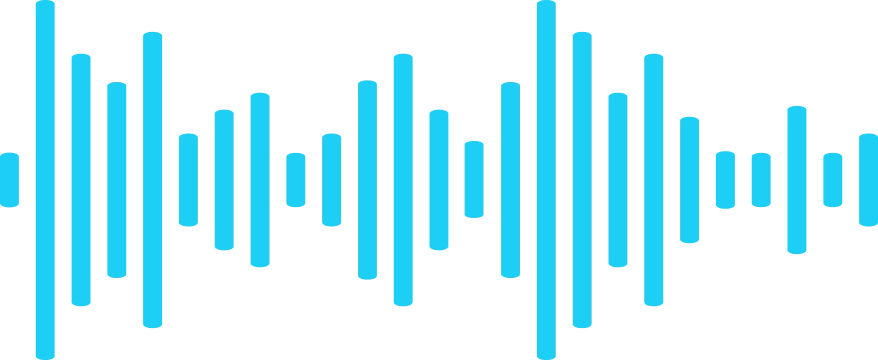
1. Room reverb
This type replicates the sound of a small to medium-sized room. It is often used to add a sense of intimacy or immediacy to a recording.
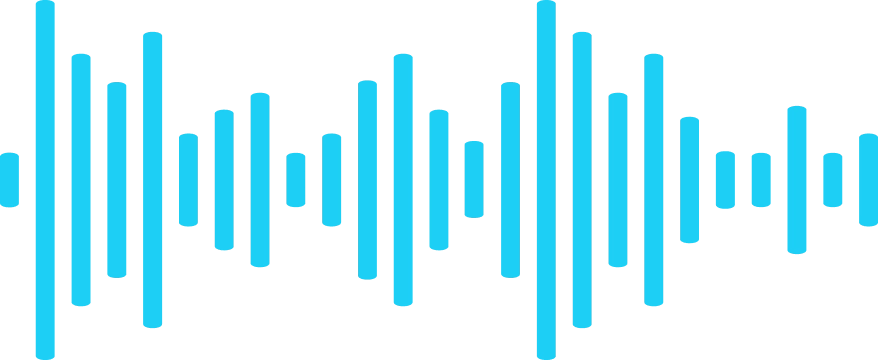
2. Hall reverb
In contrast, this type simulates the sound of a large concert hall or cathedral, creating a grand, expansive sound.
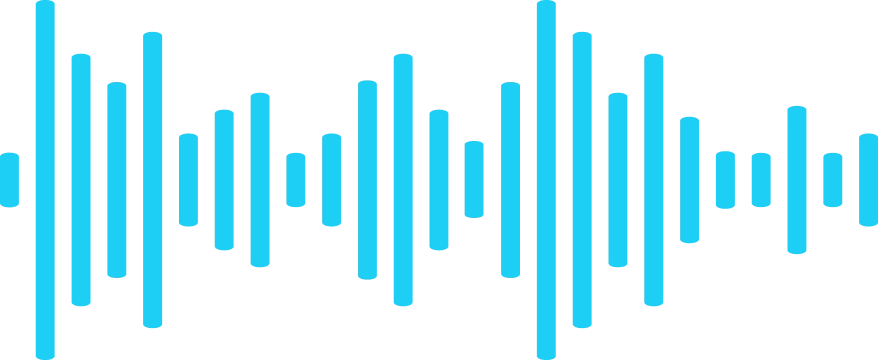
3. Chamber reverb
This one mimics the sound of a specially designed echo chamber, which is a room with hard, reflective surfaces. This type of reverb is known for its warm, lush sound and is often used in orchestral and choral music.
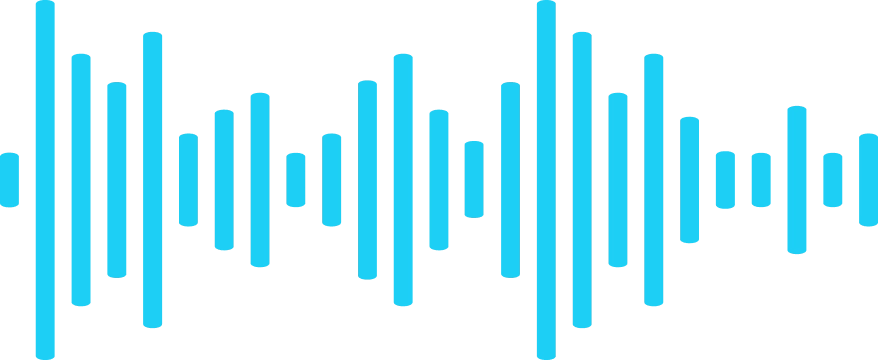
4. Plate reverb
Here, the effect is created by sending sound through a large, thin sheet of metal, which vibrates to produce echoes. It is known for its bright, dense sound and is commonly used on vocals and drums.
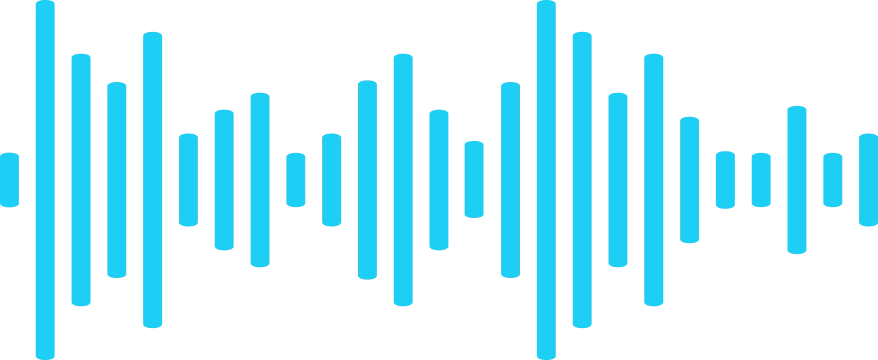
5. Spring reverb
This type, which is created by sending sound through a coiled spring, has a distinctive "boingy" sound often associated with guitar amplifiers.
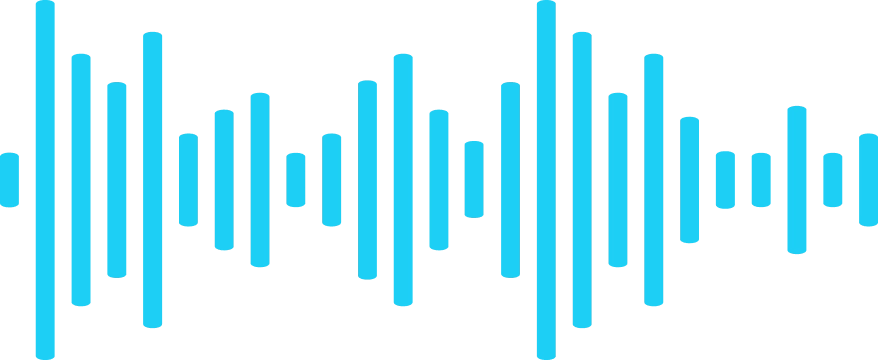
Using reverb in music production
When applying reverb, it's important to consider the type of sound you're working with and the context in which it will be heard. For example, a lead vocal might benefit from a subtle room reverb to give it a sense of presence, while a snare drum might need a bright plate reverb to make it stand out in the mix.
Reverb settings and parameters
Most reverb plugins and hardware units offer a range of settings and parameters that can be adjusted to shape the sound. These include pre-delay, decay time, room size, diffusion, and tone controls, among others.
Pre-delay is the amount of time between the original sound and the onset of the reverb. It can be used to create a sense of distance or to separate the reverb from the source. Decay time, or reverb time, is the length of the reverb tail. It can be adjusted to match the tempo of the music or the size of the imagined space.
Reverb in mixing and mastering
In the mixing stage, reverb can be used to place elements in a three-dimensional sound field.. By adjusting the amount and type of reverb on each track, a mix engineer can create a cohesive soundstage where each element has its own place.
In the mastering stage, reverb is typically used sparingly, if at all. However, a touch of reverb can sometimes help to glue the mix together and add a final layer of polish. As always, the key is to listen carefully and make subtle adjustments as needed.







